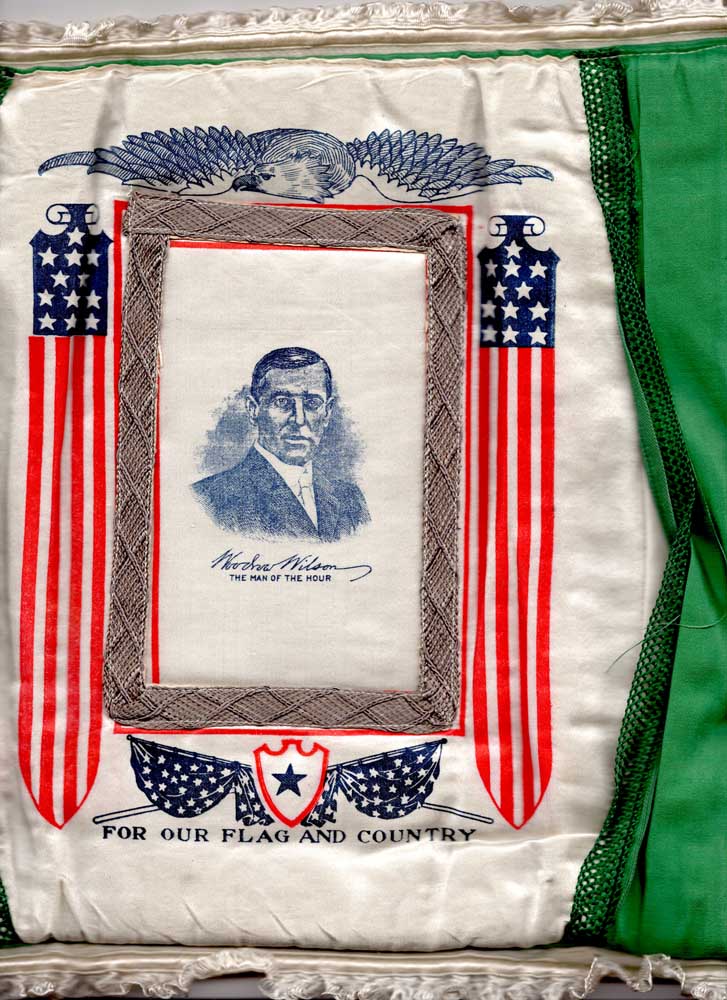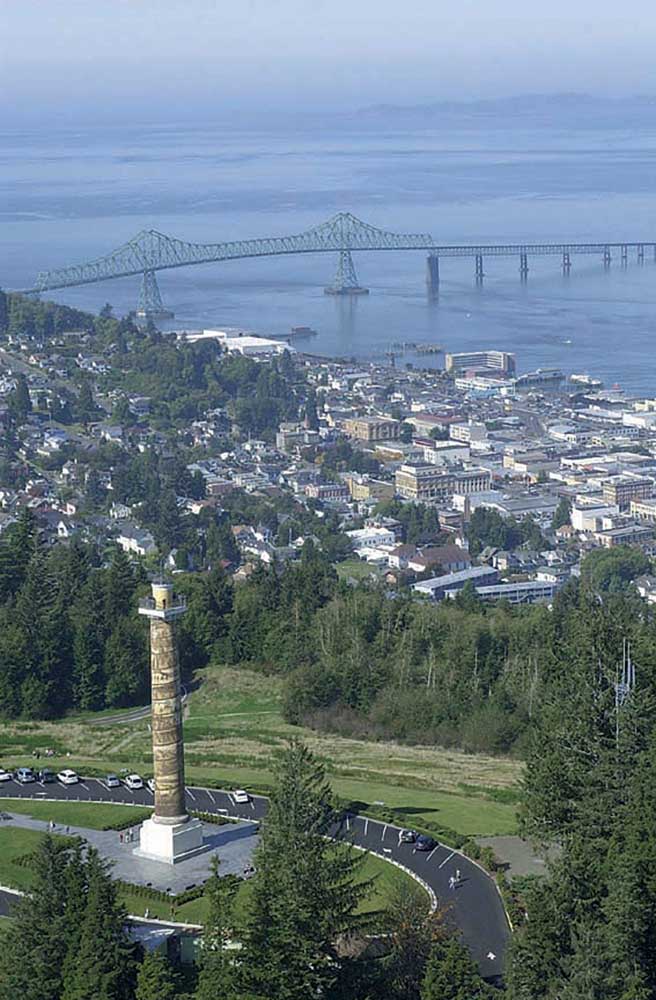Sam Hill and Woodrow Wilson: Big parts in local history
Published 10:24 am Friday, August 19, 2016

- A family memento reveals a long-ago allegiance to President Woodrow Wilson.
All most of us know about the golden age of great ocean liners comes from James Cameron’s “Titanic,” with its vivid depiction of stupendous luxury at the apex of a rigid class hierarchy. It’s a good bet that our ancestors — yours and mine on this hard-working coastline — traveled in steerage rather than first class.
Between emigrating and then returning from the U.S. to visit relations in England and Sweden, my wife’s family and mine voyaged on the Carinthia, Georgic, Celtic, Gripsholm, Berengaria, Calypso, Lusitania and others. (At least three of these were torpedoed or bombed by Germans in the two world wars.) Judging by how quickly travelers switched to airplanes once they became available, crossing the Atlantic inside a rumbling steel hull must have been tedious and uncomfortable. Still, if time travel offered the option, it could be fun to experience exactly what it was like. The Berengaria, for example, even had its own Ritz Carlton restaurant.
Luxurious oceangoing cruise ships are almost commonplace on the modern-day Lower Columbia River, as we have become a popular stop along the Pacific tourist route. But now isn’t the first time ocean liners have called here. In fact, immediately before World War I the Great Northern Pacific Steam Ship Co. was headquartered in Astoria and homeported in what is now Hammond.
The SS Great Northern and her sister ship Northern Pacific were commissioned by the Spokane, Portland and Seattle Railway Co. to carry passengers and freight between Portland and San Francisco via Astoria. Largely a project of Northern Pacific Railroad magnate James Hill and his son-in-law Sam Hill, the two ships were among the largest American-manufactured ships of their time. They could make it to San Francisco in about 25 hours, captained by A. Ahman. (A May 1915 story in Railway and Marine News credits Ahman for his professionalism after a “disastrous nor’wester” knocked out the brand-new ship’s steam steering gear, leaving it to wallow in “mountainous seas until the wind storm blew itself out.”
Sam Hill was a fascinating business leader a century ago, playing an oversized role in promoting transportation infrastructure in Washington state and Oregon. The fact he had more success with Oregon legislators and agencies is a big reason why east-west highways along the Columbia’s south side are so much more advanced than those on the north shore. (As always, Washington lawmakers were intensely focused on developing Puget Sound, without attention to spare for the state’s southern tier.) Hill’s Peace Arch on the U.S.-Canada border at Blaine and the Maryhill Museum of Art in the Columbia River Gorge, devoted to his wife, are other lasting memorials to his civic-mindedness.
Warrenton and Astoria pinned big hopes on the Northern steamships. I have a souvenir booklet from the Great Northern’s official maiden landing. It testifies to what a big deal it was — or at least how big it wanted to be.
Warrenton’s dreams of becoming a major West Coast port were sunk by World War I, which the U.S. entered in April 1917, led by President Woodrow Wilson. Among my Grandma Bell’s things, I just recently came across a family memento from Wilson’s successful 1912 campaign for president. Appearing from the outside to be just a green satin satchel, it opens to reveal Wilson, “the man of the hour.”
Possibly presaging this November’s election, Wilson’s election resulted from deep self-inflicted wounds in the Republican Party, with ex-President Theodore Roosevelt feuding with his own former protégé, William Howard Taft. With the GOP in disarray, Democrats took not only the White House but both halves of Congress. Wilson won with a 42 percent plurality of the popular vote, compared to 27 percent for Roosevelt and 23 percent for Taft. Locally, Clatsop County went for Roosevelt and Pacific County for Taft. Oregon as a whole went to Wilson and Washington to Roosevelt.
Wilson has mixed reviews as president, being remembered more for good intentions than achievements. His reputation is particularly weak when it comes to racial justice. But he’ll be much honored next week as the nation marks the centennial of the National Park Service, which he signed into existence on Aug. 25, 1916.
It’s interesting to think how Warrenton and Astoria might have developed differently if Wilson had managed to keep us out of the war — his hand forced in part by the sinking of the Lusitania. In addition to a national park, we might have a major seaport. It demonstrates the remote local consequences of high-powered international relations and presidential politics.
Matt Winters is editor and publisher of the Chinook Observer and Coast River Business Journal.





